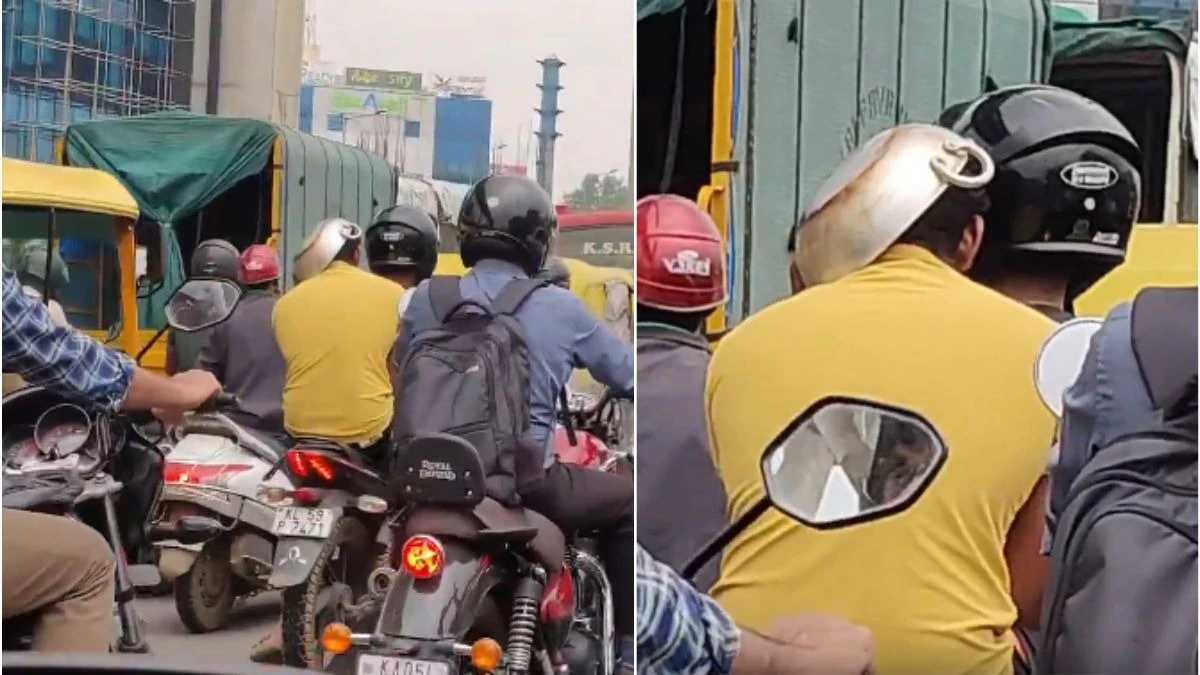Now Reading: Viral Video Forces Action on Grand Mosque Security Conduct
-
01
Viral Video Forces Action on Grand Mosque Security Conduct
Viral Video Forces Action on Grand Mosque Security Conduct

A recent viral video depicting a high-stress confrontation between a security officer and pilgrims at Makkah’s Grand Mosque has sparked widespread public debate and prompted a swift official response from Saudi authorities. The incident, which unfolded near the Holy Kaaba—Islam’s most sacred structure—has put a renewed focus on the delicate balance required for crowd management and the conduct of security personnel in the world’s largest religious complex.
The Scene of the Conflict
The footage, which rapidly circulated across social media platforms, captured a security officer physically engaging with pilgrims. The brief clip showed the officer first approaching and physically moving a woman who was seated a short distance from the Kaaba. Moments later, the same officer was filmed confronting a male pilgrim. The man, who was dressed in the white garment of ihram (worn during the pilgrimage), appeared to challenge the officer’s methods and attempted to record the interaction, requesting that he be treated with courtesy and politeness. Despite the plea, the officer responded by physically pushing the pilgrim and instructing him to move to a designated area, escalating the tension caught on camera.
While the video did not capture the events leading up to the confrontation, leaving the officer’s initial motivation unclear, the visual evidence of a security guard using force in such a revered location was sufficient to trigger a large-scale public reaction.
Polarized Public Opinion
The public response was immediate and deeply divided. Critics on social media condemned the security officer’s behavior, expressing deep concern over the apparent harshness and particularly his physical handling of the woman. Comments widely circulated online questioned the acceptability of such conduct from guards of the Haram, arguing that officers should prioritize polite guidance over aggressive actions, especially towards worshippers engaged in pilgrimage.
However, many others quickly came to the officer’s defense. Supporters highlighted the immense and often overwhelming challenges inherent in managing the millions of worshippers who converge on the mosque, particularly during peak seasons like Hajj and Umrah. They pointed out that some areas are strictly restricted to maintain essential crowd flow and prevent dangerous bottlenecks, arguing that the officer was merely performing his duty to enforce safety regulations under extreme pressure. Former security officials emphasized the strenuous conditions, including long working hours, high temperatures, and language barriers, which contribute to an intensely stressful operational environment.
Swift Official Response and Legal Measures
The government’s reaction underscored the gravity with which any perceived mistreatment of pilgrims is viewed. Saudi authorities, including the Makkah Region and Saudi Public Security, issued prompt statements confirming that they had acted swiftly to address the situation.
The Special Forces for Hajj and Umrah Security announced the immediate “apprehension of a person who appeared in visual content violating the instructions and regulations followed in the Grand Mosque.” The official statements stressed that the individual had breached the established rules of conduct and confirmed that legal measures are actively being taken against the officer in strict accordance with the Kingdom’s laws.
This decisive action reiterates the commitment of the Saudi government and the General Presidency for the Affairs of the Two Holy Mosques to maintaining both a safe and spiritually welcoming atmosphere for all visitors. The incident ultimately serves as a powerful reminder of the delicate operational demands at Islam’s holiest site, where strict adherence to rules must be balanced with compassionate service to pilgrims from around the globe.










